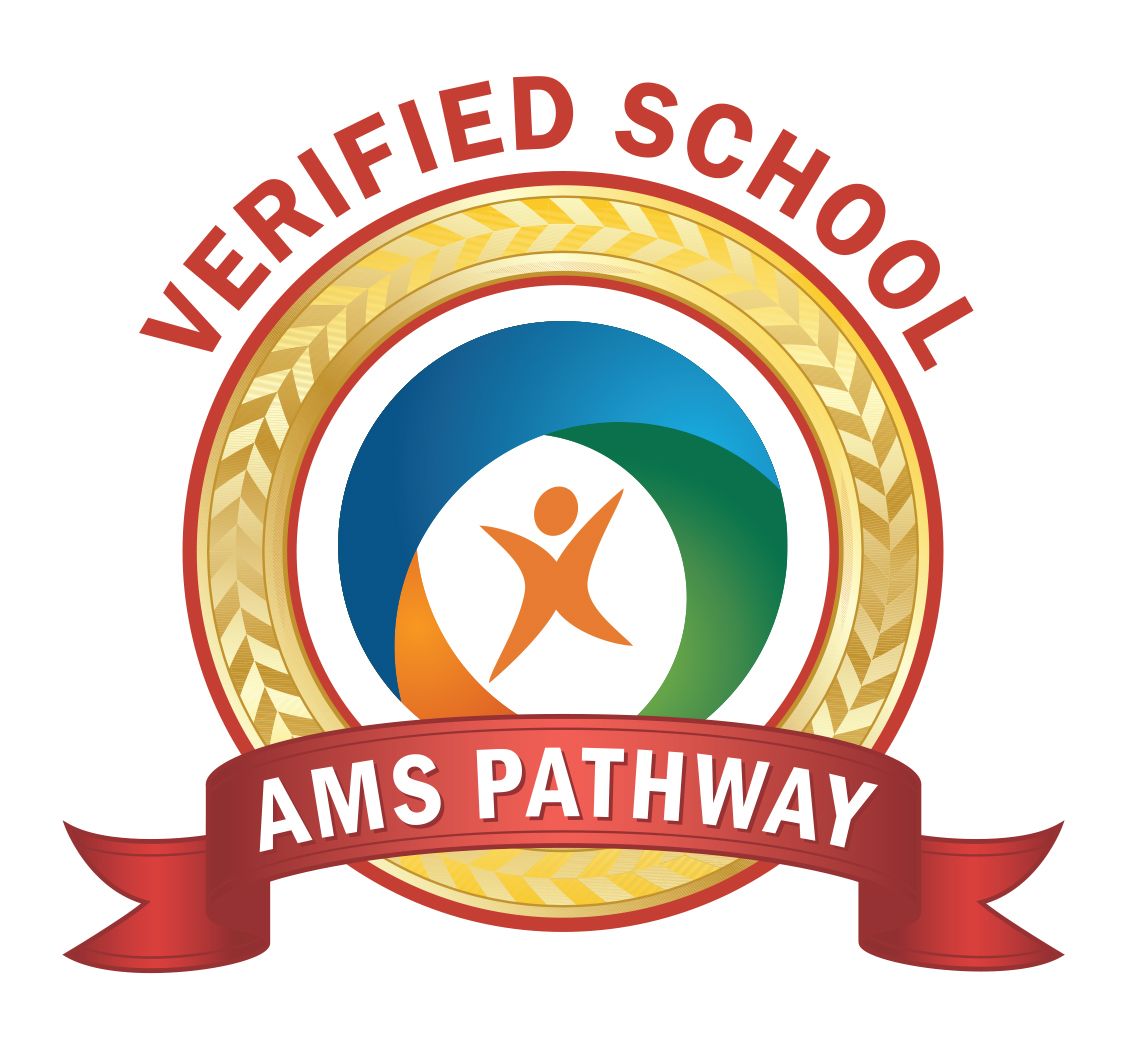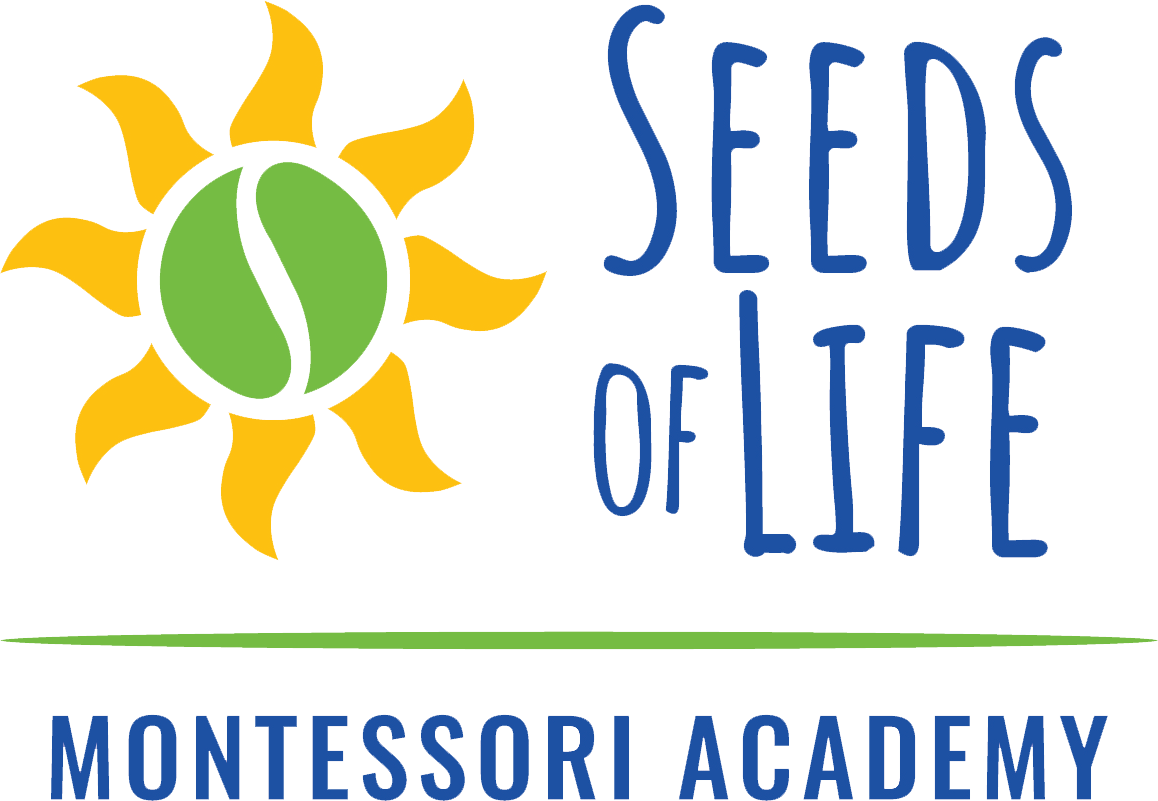Casa Curriculum
3-6 years
The elementary program offers a continuum built on the Casa experience. The environment in this program reflects a new stage of development.
A "house" for children
The Montessori classroom is a “house” for children. Children choose their work from among the self-correcting materials displayed on open shelves, and they work in specific work areas. Over a period of time, the children develop into a “normalized community,” working with high concentration and few interruptions. Normalization is the process whereby a child moves from being undisciplined to self-disciplined, from disordered to ordered, from distracted to focused, through work in the environment. The process occurs though repeated work with materials that captivate the child’s attention. For some children this inner change may take place quite suddenly, leading to deep concentration. In the Montessori Casa, academic competency is a means to an end, and the manipulative materials are viewed as “materials for development.”
A prepared environment
In the Montessori Casa, five distinct areas constitute the prepared environment:
- Practical life enhances the development of task organization and cognitive order through care of self, care of the environment, exercises of grace and courtesy, and coordination of physical movement.
- The sensorial area enables the child to order, classify, and describe sensory impressions in relation to length, width, temperature, mass, color, pitch, etc.
- Mathematics makes use of manipulative materials to enable the child to internalize concepts of number, symbol, sequence, operations, and memorization of basic facts.
- Language arts include oral language development, written expression, reading, the study of grammar, creative dramatics, and children’s literature. Basic skills in writing and reading are developed through the use of sandpaper letters, alphabet cut-outs, and various presentations allowing children to link sounds with letter symbols effortlessly and to express their thoughts through writing.
- Cultural activities expose the child to basics in geography, history, and life sciences. Music, art, and movement education are part of the integrated cultural curriculum.
An early and general foundation
The Casa environment unifies the psychosocial, physical, and academic functioning of the child. The primary objective of the classroom is to provide students with an early and general foundation that includes a positive attitude toward school, inner security, a sense of order, pride in the physical environment, abiding curiosity, habit of concentration, habits of initiative and persistence, the ability to make decisions, self-discipline, and a sense of responsibility to other members of the class, school, and community. This foundation will enable them to acquire more specialized knowledge and skills throughout their school career.
I cannot express enough how wonderful our experience has been at Seeds of Life Montessori School. The teachers and staff are exceptional - their dedication to nurturing young minds is truly commendable. My children adore going to school every day, and it's a testament to the warm and welcoming atmosphere they've created. The learning environment here is terrific, fostering a love for learning and growth in a way that's both nurturing and educational. We're grateful to have found such a gem of a school for our kids.
Robert McCauley
Programs
Connect
Community Resources


